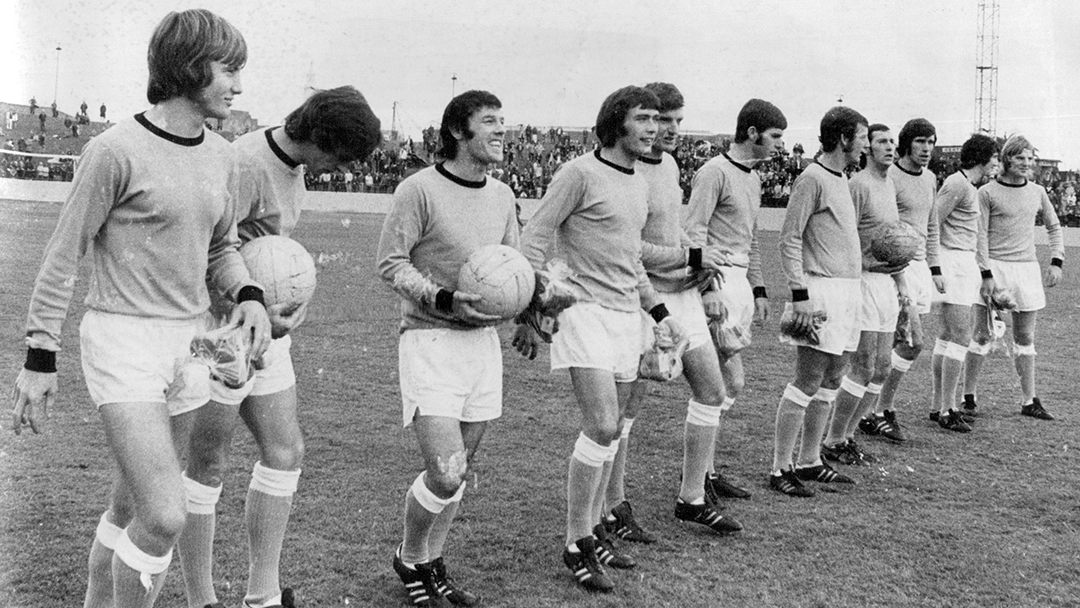The Commonwealth Football Association secured the first ever international matches for the Australian Men's Team in 1922, and changed its name to the 'Football Association' (Australia) in 1923 ahead of a proposed 1925 tour of England.
The body was then superseded by the 'Australian Soccer Football Association' (ASFA), which operated for nearly 40 years, receiving FIFA membership in June 1956.
This lasted just four years, however, with the Association disbanding in 1960 after being suspended from FIFA for the poaching of players from overseas.
In 1961 the 'Australian Soccer Federation' (ASF) was formed, and was admitted to FIFA in 1963 after outstanding fines had been paid.
Having been isolated from international football during this period, the ASF repeatedly made requests to join the Asian Football Confederation (AFC), but were knocked back.
It wasn't until 1966 that Australia joined forces with New Zealand - who were also knocked back by the AFC - to create the 'Oceania Football Federation' (now Oceania Football Confederation).
The four founding members were Australia, New Zealand, Fiji and Papua New Guinea, with New Caledonia a provisional member. Australia continued to pursue admittance to the AFC, but were not successful in any of their attempts.
In 1995 the ASF changed their name to 'Soccer Australia'. But following recommendations of the Crawford Report in 2003, the report recommended, among other things, the reconstitution of the governing body with an interim board headed by prominent businessman Frank Lowy. Three months after Lowy's appointment Soccer Australia was placed into liquidation and the 'Australia Soccer Association' (ASA) was created.
Before 2003, the governing body of women's football in Australia was run by the 'Australian Women's Soccer Association', which formed in 1974. But from 2003 onwards, it was absorbed into the ASA. The AWSA ran the Women's National Soccer League, National Championships, and the Australian Women's National Team (which later became the Matildas).
After the disbandment of the National Soccer League (NSL) in 2004, the ASA became 'Football Federation Australia' (FFA) on 1 January 2005, ahead of one of the biggest years in Australian football history. In August of that year the first season of the A-League begun, before in November the Socceroos qualified for their first FIFA World Cup in 32 years.
It was also revealed in 2005 that FFA would be moving to the AFC, over 40 years after the first attempt in the 1960's, officially joining on 1 January 2006. FFA hosted the AFC Women's Cup later that year, with the Matildas reaching the Final of the tournament held in Adelaide.
In 2013, Australia was admitted as a full member to the ASEAN Football Federation (AFF), after formally joining as an invite affiliation to the regional body in 2006.
In 2020, FFA officially became 'Football Australia' to signify a fresh and exciting start for the game under the new strategic agenda, and a return to the roots of football in Australia. This coupled with the official unbundling of Football Australia and the A-League, W-League, Y-League and E-League, which would now fall under a new and independent entity called the 'Australian Professional Leagues'.
- Football Australia
- Get involved in Football. Find out how: https://www.footballaustralia.com.au/get-involved





























